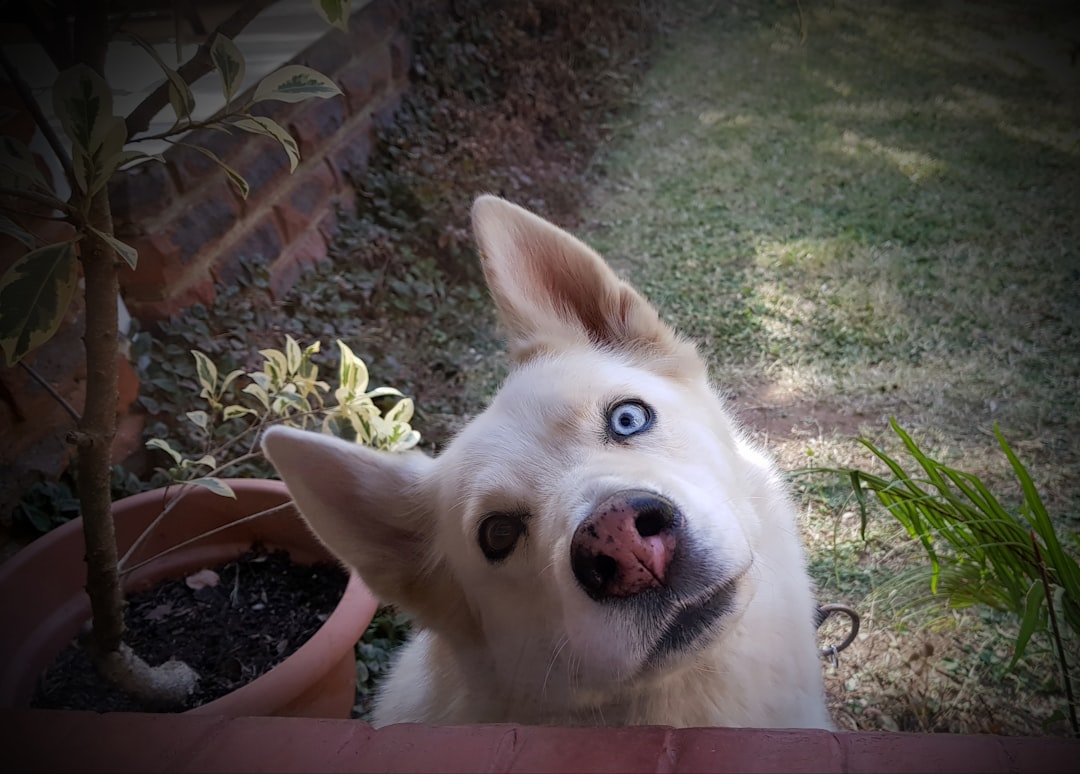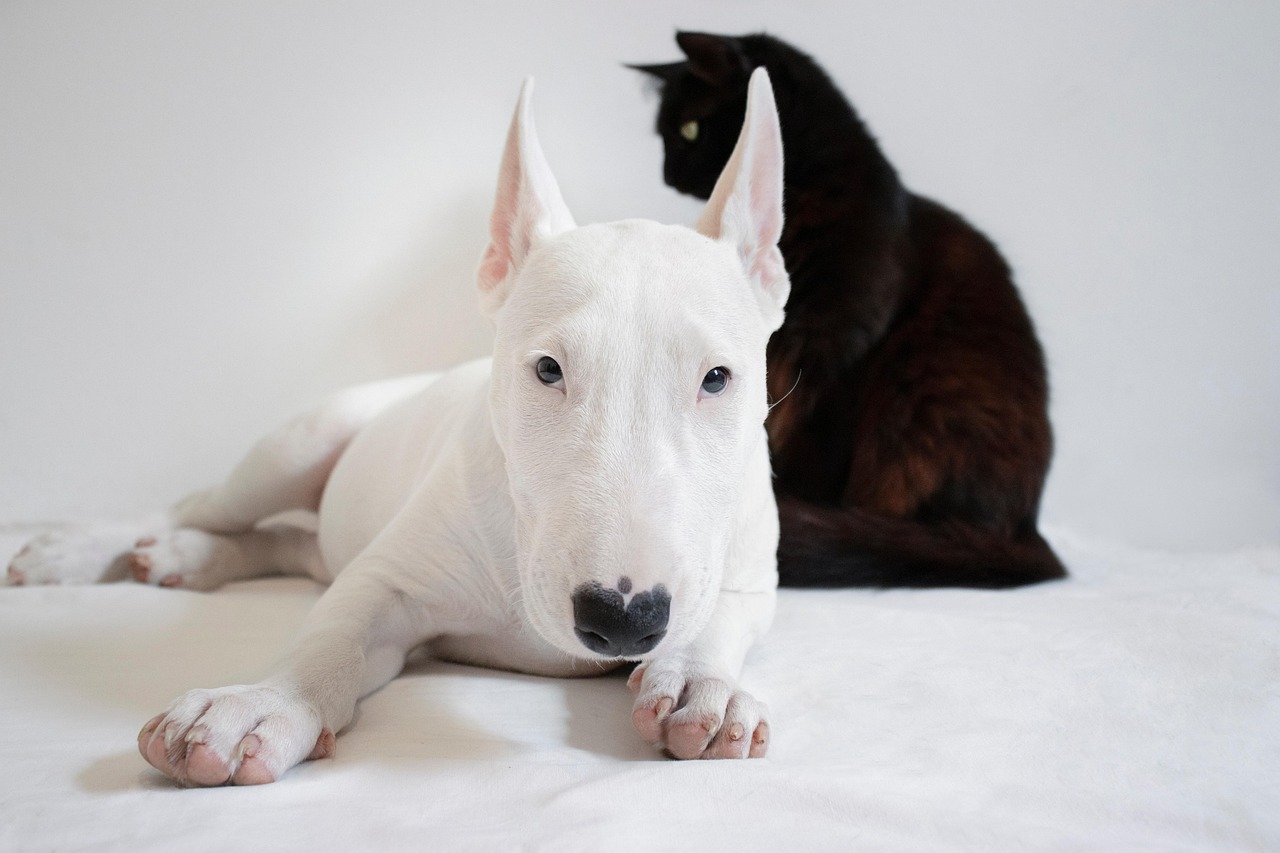Picture this: your beloved canine companion, who’s usually the picture of calm contentment, suddenly begins pacing frantically around the house. Their pupils are dilated, their breathing rapid, and they can’t seem to settle down despite your gentle coaxing. This scenario plays out in countless homes daily, yet many dog owners struggle to identify what’s happening.
Overstimulation occurs when a dog encounters too much sensory information at once, pushing their senses beyond their threshold and resulting in heightened arousal and an inability to cope effectively. Just like humans who feel overwhelmed in chaotic environments, our four-legged friends can reach their breaking point when bombarded with excessive stimuli. Understanding these warning signs isn’t just helpful – it’s essential for maintaining your dog’s mental wellbeing and preventing behavioral issues that could strain your relationship. So let’s dive into the world of canine overstimulation and learn how to recognize when your furry friend desperately needs some peace and quiet.
The Hyperactivity Hurricane

An overstimulated dog may exhibit an excessive amount of energy, displaying behaviors like running in circles, jumping up and down, or darting around the house, making it difficult for the dog to settle down. This isn’t your typical playful energy burst that you might see after a favorite toy comes out. Instead, it’s frenzied movement that seems almost desperate in nature.
Unable to control their energy, overstimulated dogs may jump on people, race around, or exhibit other hyperactive behaviors. You might notice your dog bouncing off furniture, spinning in tight circles, or engaging in what seems like manic play behavior. This hyperactivity often comes with an almost manic quality that feels different from normal excitement or happiness.
The Scattered Mind Syndrome

Dogs that experience sensory overload often struggle to concentrate on commands or specific tasks, as minor stimuli easily distract them. Your normally obedient pup might suddenly act as if they’ve never heard their name before. Simple commands that they usually follow without hesitation become impossible missions.
Overstimulation makes it hard for dogs to follow commands or focus on tasks, even ones they know well. This cognitive disruption happens because their brain is working overtime to process all the incoming sensory information. Think of it like trying to have a phone conversation while standing next to a construction site – the background noise makes concentration nearly impossible.
The Vocal Overflow

Overstimulated dogs may bark frequently, often without an obvious cause, to release pent-up energy. This barking differs significantly from alert barking or attention-seeking vocalizations. It’s often high-pitched, repetitive, and seems to serve no clear purpose other than releasing tension.
When dogs are overwhelmed, they may vocalize their stress through excessive barking or whining, especially in new or busy environments. You might also notice whining, whimpering, or even howling that seems to come from nowhere. These vocalizations are essentially your dog’s way of saying “this is too much for me to handle right now.”
The Restless Body Language

Constant movements, such as pacing or changing positions frequently, can be a sign of overstimulation, along with increased panting, even when the dog is not hot or tired. Watch for dogs who can’t seem to find a comfortable position, constantly shifting from lying down to standing to sitting and back again.
If your dog is pacing back and forth or unable to settle, it’s a clear sign they’re struggling to calm down. Overstimulated dogs may appear tense and agitated, with a stiff body posture and dilated pupils. Their entire body language screams discomfort, even in familiar surroundings.
The Stress Response Signals

Signs might include jumping, whining, dilated pupils, or specific body language cues like a tucked tail or flattened ears. These physical manifestations are your dog’s autonomic nervous system responding to overwhelming stimuli. The dilated pupils, in particular, are a telltale sign that your dog’s fight-or-flight response has been activated.
While physical activity can cause panting, excessive panting or drooling in a calm situation might indicate stress or overstimulation. Signs can include hyper focused behavior, scanning the horizon, pupil dilation, chattering teeth, rapid panting, or mouth clenched shut when focused. These stress signals often appear together, creating a constellation of symptoms that clearly indicate your dog needs immediate relief.
The Compulsive Behaviors

Compulsive behavior is a symptom that can be quite dangerous, including behaviors such as tail chasing, constant licking and spinning in circles. These repetitive actions serve as coping mechanisms when dogs feel overwhelmed by their environment. Unlike normal grooming or occasional tail interest, these behaviors become obsessive and difficult to interrupt.
While it’s normal for some puppies and dogs to chase their tails, an overstimulated dog does so constantly and needs you to stop them or they’ll keep going forever, sometimes even injuring themselves. Constant licking is also a sign your dog is overstimulated. These behaviors can quickly become self-reinforcing habits that are challenging to break.
The Hiding and Avoidance Response

If your dog isn’t the social type, you might find that they are seeking somewhere to be alone when you have guests over, trying to hide in your room or under a bed rather than sit by the table. This withdrawal behavior is actually a healthy coping mechanism – your dog is trying to self-regulate by removing themselves from the overwhelming situation.
Dogs will look for comfort when they are overstimulated and should be allowed somewhere to feel safe and secure away from the excitement. If you notice your dog hiding or sleeping in their crate, don’t try to coax them out – just let them be. This instinct to retreat is your dog’s natural way of saying “I need a break from all this chaos.”
Creating the Perfect Recovery Space

Make sure their area is not totally isolated, as dogs are social and while they might want a break from activity, they may still want to be near their family. Set up their safe space away from outside noise as much as possible, away from windows. The ideal recovery space balances solitude with connection.
Ensure the space is comfortable and climate-controlled, cool in summer and warm in winter, with sufficient room for your dog to stretch out and relax, including cozy bedding and blankets for added comfort. Play some classical music or white noise as its calming effects are also known to help dogs. This sanctuary should become your dog’s go-to retreat when the world feels too overwhelming.
Conclusion

Recognizing overstimulation in your dog isn’t about becoming a canine psychologist – it’s about being a compassionate observer who understands that even our most resilient pets have limits. Recognizing these behaviors as signs of overstimulation allows for timely intervention, which can help the dog return to a state of calm. Remember that overstimulation isn’t a character flaw or behavioral problem that needs correction; it’s simply your dog’s way of communicating that they’ve reached their sensory threshold and need support.
By learning to identify these warning signs – from hyperactive behavior and scattered attention to physical stress signals and withdrawal – you’re equipping yourself with the tools to be your dog’s advocate and protector. The next time you see those dilated pupils or notice the frantic pacing, you’ll know exactly what your furry friend is trying to tell you: “I need some space to decompress.” What signs have you noticed in your own dog? Tell us in the comments.

Andrew Alpin from India is the Brand Manager of Doggo digest. Andrew is an experienced content specialist and social media manager with a passion for writing. His forte includes health and wellness, Travel, Animals, and Nature. A nature nomad, Andrew is obsessed with mountains and loves high-altitude trekking. He has been on several Himalayan treks in India including the Everest Base Camp in Nepal.






